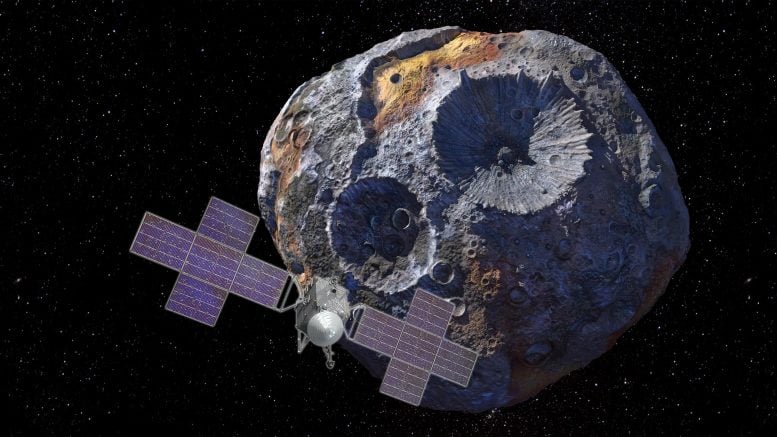
NASA’s Psyche mission to a distant metal asteroid will carry a revolutionary Deep Space Optical Communications (DSOC) package. Credit: NASA/JPL-Caltech/ASU
Preparing to journey to a metal world…
A milestone for a simulated Mars mission…
And celebrating an anniversary for NASA…
A few of the stories to tell you about – This Week at NASA!
Preparing to Journey to a Metal World
NASA targeting no earlier than October 12 for the launch of the Psyche spacecraft on a 2.2-billion-mile journey to study a metal-rich asteroid of the same name. The Psyche asteroid lies in the outer portion of the main asteroid belt between Mars and Jupiter, and may be able to tell us more about the formation of rocky planets like Earth.
This is NASA’s first mission to study an asteroid that has more metal than rock or ice.
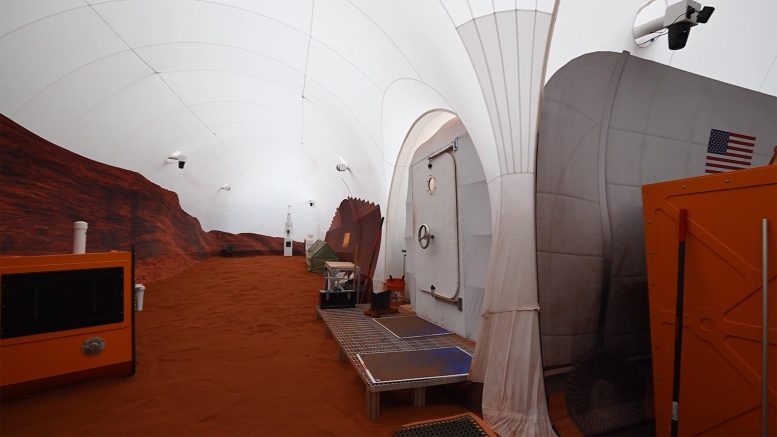
NASA’s simulated Mars habitat includes a 1,200-square-foot sandbox with red sand to simulate the Martian landscape. The area will be used to conduct simulated spacewalks or “Marswalks” during the analog missions. Credit: NASA
Yearlong Simulated Mars Mission Reaches 100 Days
The four-person volunteer crew of NASA’s first yearlong CHAPEA Mars analog mission recently spent its 100th day inside the mission’s 1,700-square-foot habitat at NASA’s Johnson Space Center. The crew is simulating activities astronauts will do during future human missions on Mars.
Lessons learned through Artemis missions on and around the Moon along with simulated missions, like CHAPEA, will help us prepare to send astronauts to Mars.
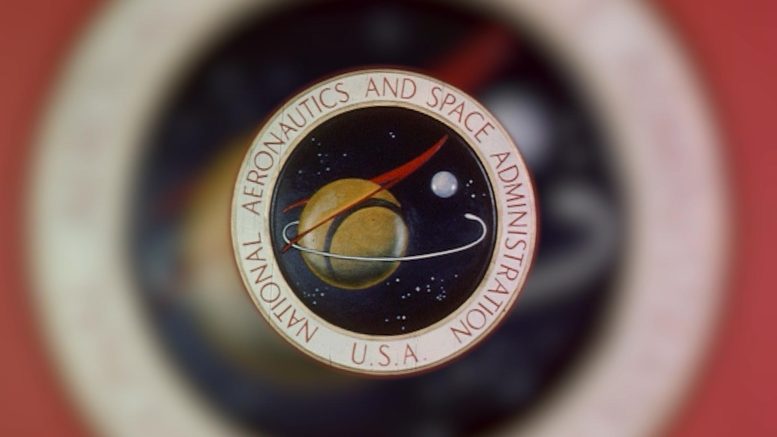
On October 1, 1958, the National Aeronautics and Space Administration (NASA) officially began operations. President Dwight D. Eisenhower signed into law the National Aeronautics and Space Act the previous July, creating NASA to lead America’s civilian space program in response to Soviet advances in space exploration. Credit; NASA
October 1, 1958: NASA Begins Operations
October 1 marked the 65th anniversary of NASA officially opening for business. The agency was created to lead America’s civilian space program in response to Soviet advances in space exploration.
It also incorporated elements of its predecessor – the National Advisory Committee for Aeronautics, which had been founded to advance aeronautics research.
Within days of opening, NASA began work on America’s first human spaceflight program.
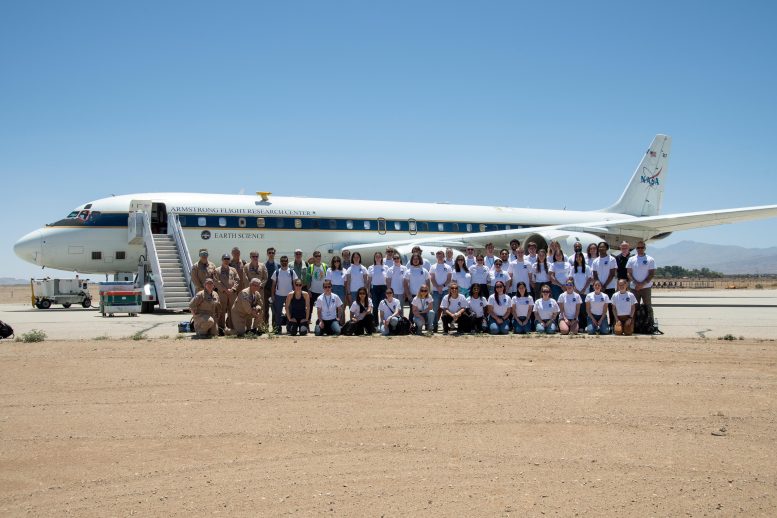
A group of university students and mentors flew aboard NASA Armstrong Flight Research Center’s DC-8 aircraft to study air quality as part of NASA’s Student Airborne Research Program (SARP). Based at NASA’s Armstrong Building 703 in Palmdale, California, the DC-8 flew over the Central Valley to measure pollution and monitor air quality on Tuesday, June 21, 2022. Credit: NASA
NASA Student Airborne Research Program Celebrates 15 Years
This summer, NASA’s Student Airborne Research Program, or SARP, celebrated its 15th anniversary.
The summer internship program offers upper-level undergraduate students hands-on research experience as part of real science campaigns onboard NASA Airborne Science Program flying science laboratories – aircraft outfitted specifically for research projects.
That’s what’s up this week @NASA.



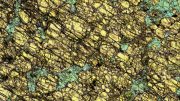


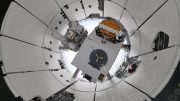


Be the first to comment on "This Week @NASA: A Journey to a Metal World, Simulated Mars Mission, Anniversary Celebration"